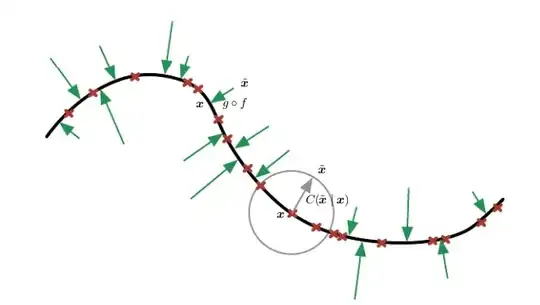Is it possible to use a VAE to reconstruct an image starting from an initial image instead of using K.random_normal, as shown in the “sampling” function of this example?
I have used a sample image with the VAE encoder to get z_mean and z_logvar.
I have been given 1000 pixels in an otherwise blank image (with nothing in it).
Now, I want to reconstruct the sample image using the decoder with a given constraint that the 1000 pixels in the otherwise blank image remain the same. The remaining pixels can be reconstructed so they are as close to the initial sample image as possible. In other words, my starting point for the decoder is a blank image with some pixels that don’t change.
How can I modify the decoder to generate an image based on this constraint? Is it possible? Are there variations of VAE that might make this possible? So we can predict the latent variables by starting from an initial point(s)?
